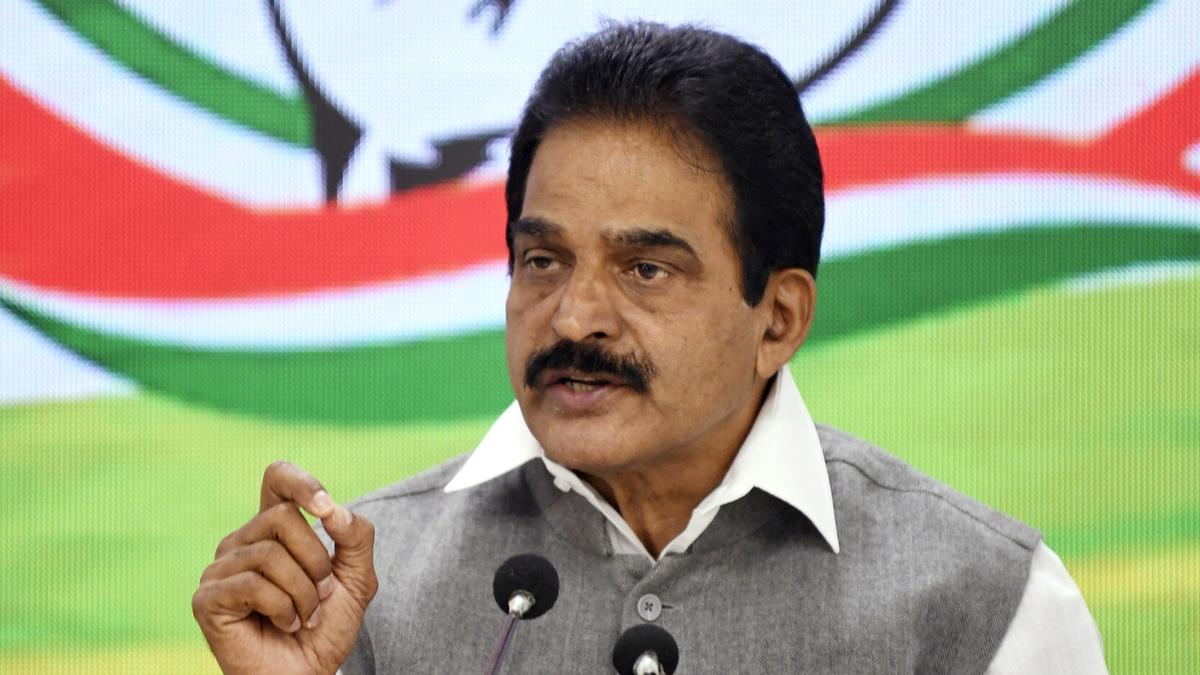Schools in metropolitan regions, whose primary medium of instruction is English, may find it challenging to immediately transition to mother tongue as a medium of instruction due to the varied languages spoken by students in diverse communities, Central Board of Secondary Education (CBSE) officials said.
CBSE Chairman Rahul Singh, speaking on the much-debated language implementation guidelines released by the board recently, said that the CBSE’s goal is to ease the path of implementation of the National Education Policy-2020’s requirement to teach students in their mother tongue until Class 5.
Officials have admitted that the board’s recent recommendation would be challenging for schools that have students who speak different mother tongues, as they may have to cater to each and every student separately. “A limited number of schools in metros, around 800 to 900 such institutions, will face this challenge,” Mr. Singh said.
Mr. Singh also said most of the over 30,000 CBSE schools in the country have a homogenous mix of students, according to their respective regions and States. For instance, if a school offers English and Kannada as language subjects, and if Kannada is the mother tongue of students, a non-language subject like Maths should be taught in Kannada, he said, explaining the latest guidelines.
“We are not forcing any school to immediately adopt the language implementation guidelines. We are not penalising any school or stating that their affiliation will be cancelled if they don’t immediately transition. We are organising a series of webinars and workshops for training purposes and hopefully we will be able to implement the policy,” Mr. Singh said.
Rashmi Vasudevan, principal of Pune-based Vibgyor Roots and Rise school said, “We have a students from different linguistic backgrounds in the school. Of the 1,190 students, 60% are local Marathi-speaking children while 40% speak languages such as Bengali, Telugu and Assamese. We even have students who have come from abroad.”
She further added, “A strategy will be required to implement CBSE guidelines for such a diverse group. Planning curriculum in multiple languages will also be a humungous task.”
However, Mr. Singh said the CBSE has instructed schools to conduct a language-mapping exercise to understand the language-mix of students. “One strategy is to divide sections based on students’ mother tongue preference,” he said.

School officials also added that there are issues of dialects. For instance, Bihar has people who speak multiple dialects like Bajjika, which is spoken in northern Bihar; Angika which is spoken in parts of Bihar and Jharkhand; Magahi, spoken in certain parts of Bihar; and Awadhi, which is closely related to Hindi but distinct in grammar and vocabulary. It will be difficult to offer a medium of instruction in each dialect, they said.
On the choice of languages being offered by the CBSE for senior classes, Mr. Singh said the current CBSE language implementation circular is limited to students studying till Class 5. “The CBSE is awaiting the release of the syllabus by National Council of Educational Research and Training (NCERT), which follows the new National Curriculum Framework, in order to prepare the future scheme for choice of languages and board exams,” he stated.



.png)
.png)
.png)
















 3 hours ago
6
3 hours ago
6







 English (US) ·
English (US) ·